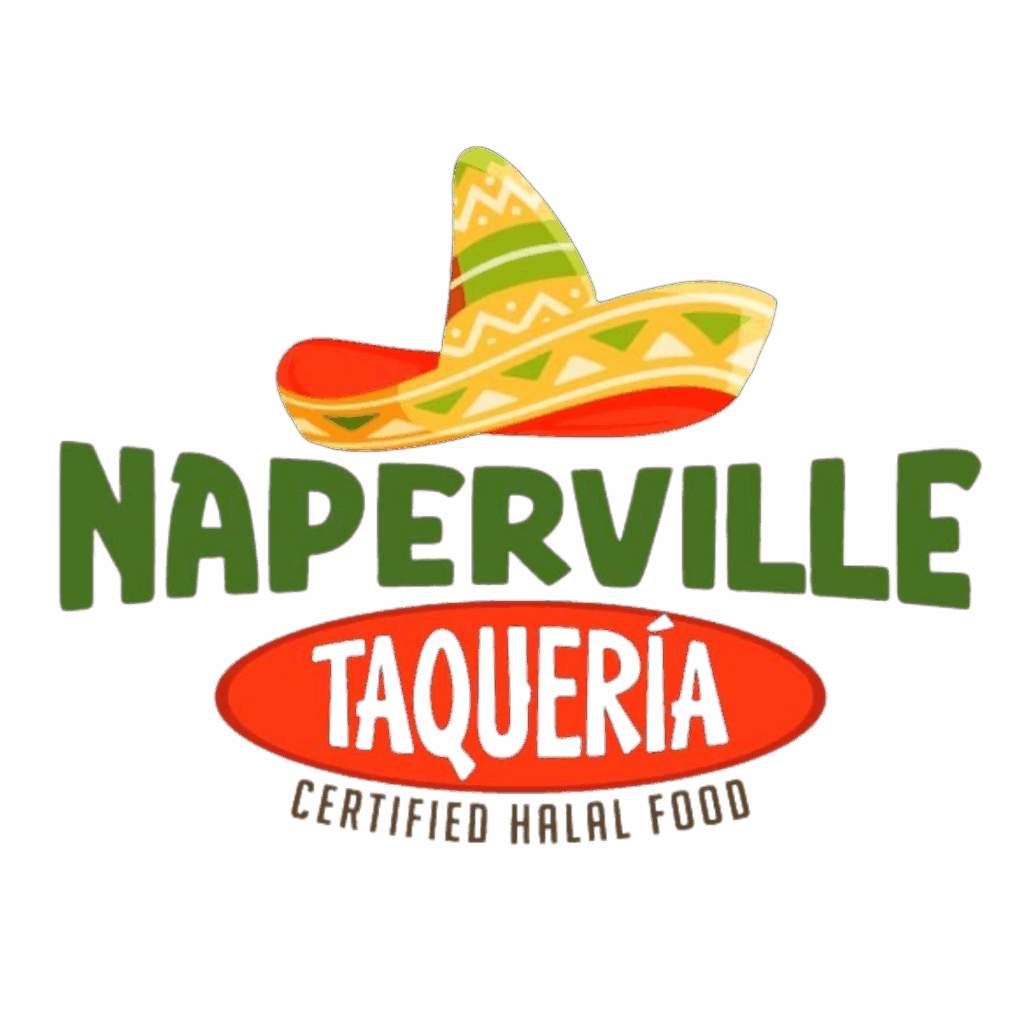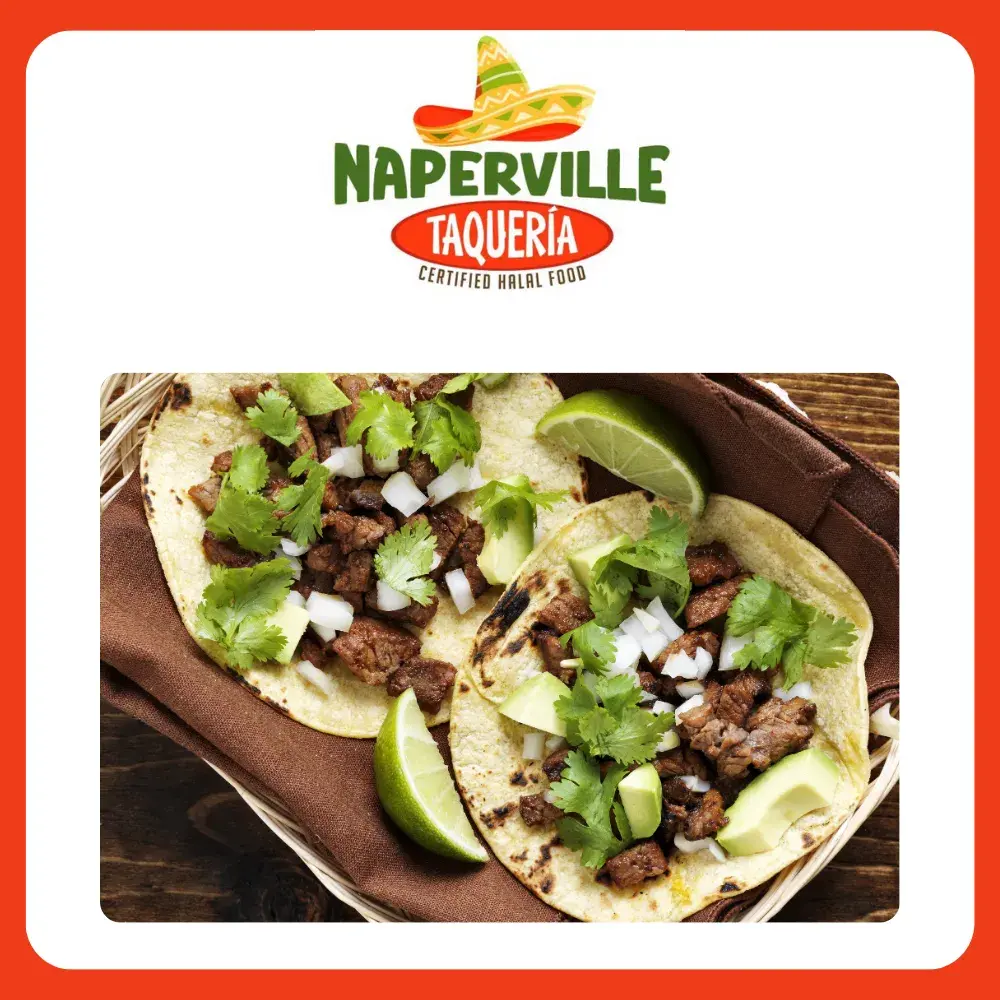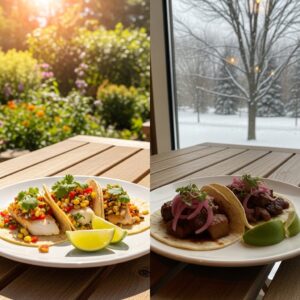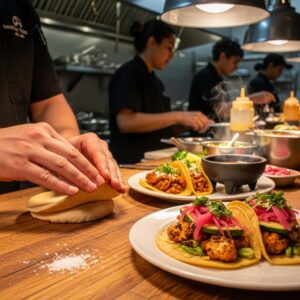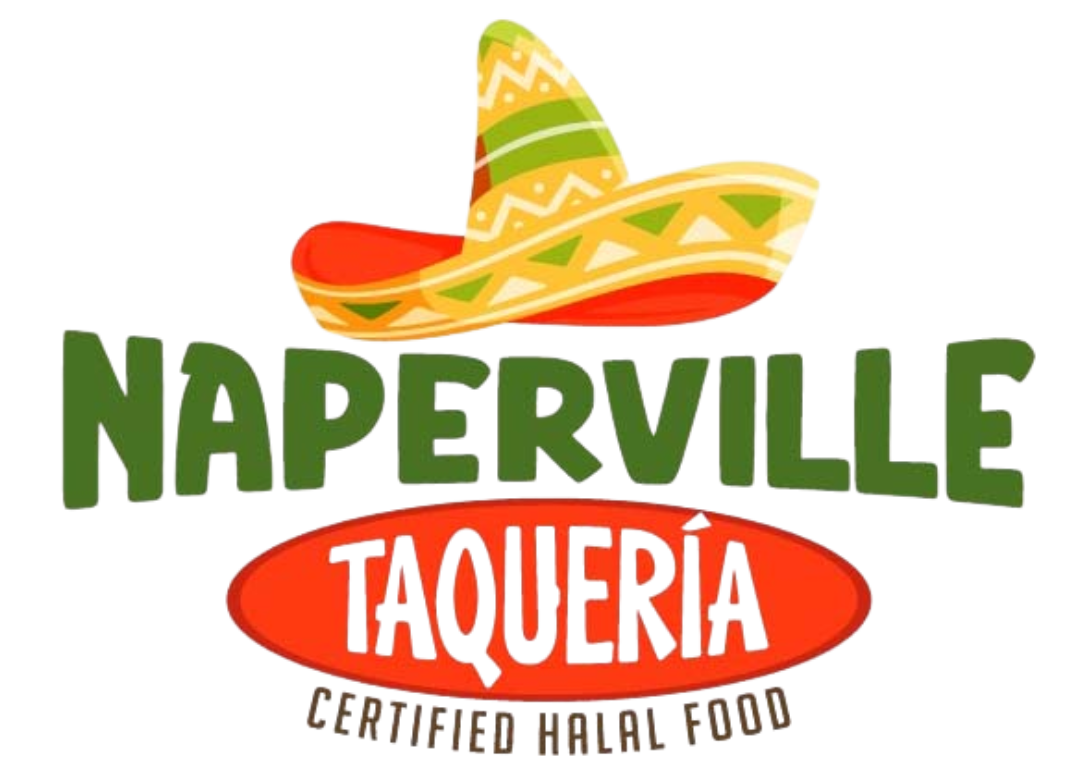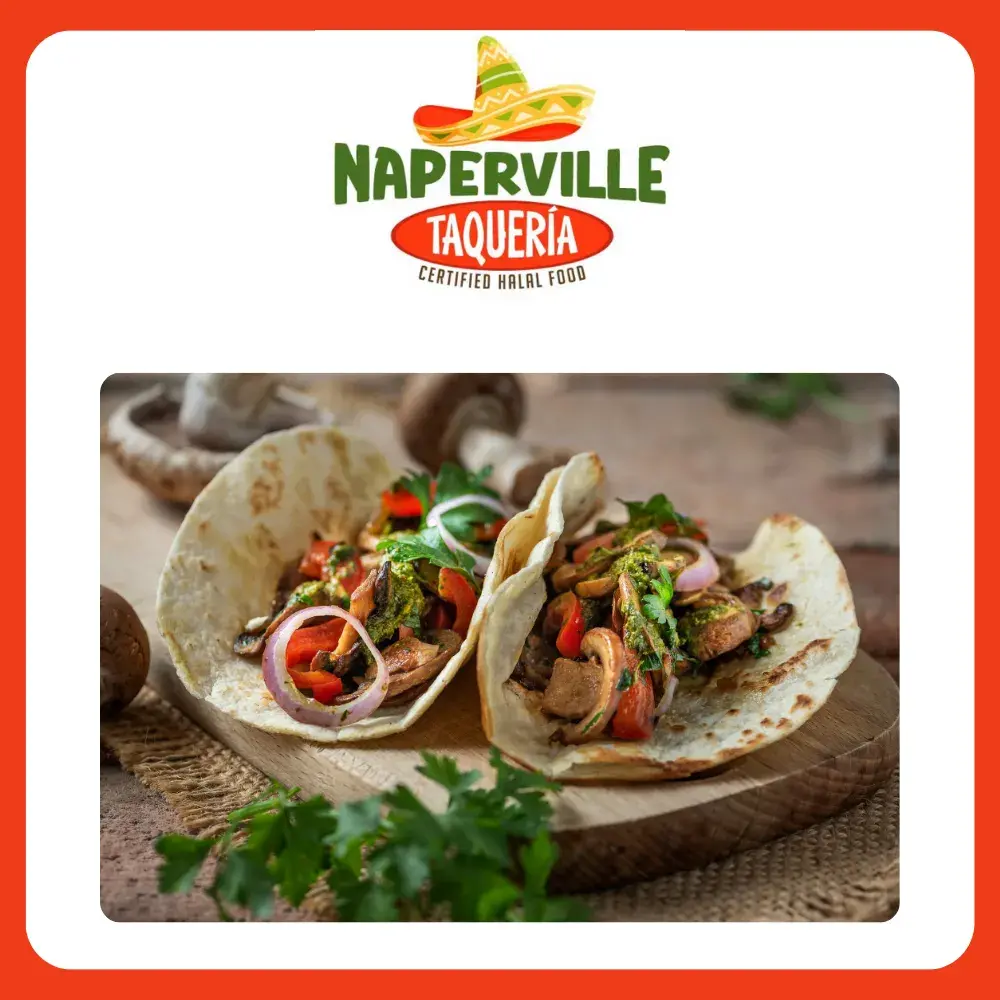The taco, as we know it today, has a rich history that reflects centuries of cultural evolution, and at the heart of this journey lies the transformation of its key component—the tortilla. While corn tortillas have deep roots in ancient Mesoamerican cuisine, the introduction of flour tortillas brought new textures and flavors to tacos. This transformation was shaped by social, cultural, and agricultural changes, ultimately influencing how tortillas are made and enjoyed across different regions. Understanding this evolution provides insight into the diversity of taco traditions today.
The Ancient Origins of Corn Tortillas
In Mesoamerican cultures, corn was much more than a staple food—it was sacred and central to life. The process of nixtamalization, which involved soaking maize in an alkaline solution, made the corn more nutritious and easier to grind into masa. This dough was used to create thin, flat tortillas that served as both a utensil and a food in itself. Early forms of tacos likely featured these corn tortillas filled with beans, chiles, or small game, embodying the resourcefulness and cultural significance of corn-based cuisine. Corn tortillas still hold a special place in Mexican culinary heritage, serving as the foundation for countless traditional taco recipes.
The Introduction of Wheat and Flour Tortillas
The arrival of the Spanish in the 16th century brought wheat to the Americas, which significantly impacted the ingredients used in local diets. In regions where wheat was easier to grow than corn, the flour tortilla began to emerge as an alternative. These tortillas were softer and more pliable than their corn counterparts, offering a new texture that appealed to many. Over time, tacos made with flour tortillas gained popularity, particularly in northern Mexico and the southwestern United States, where wheat farming was more prevalent. This shift from corn to flour marked a significant evolution in the history of taco-making, introducing a versatile new option for the traditional dish.
Regional Preferences and the Rise of Flour Tortilla Tacos
The spread of flour tortillas influenced regional variations in tacos, reflecting the agricultural landscapes and cultural preferences of different areas. In northern Mexico, where wheat thrived, flour tortillas became a staple for everyday meals. This preference crossed the border into the United States, where Tex-Mex cuisine popularized the use of flour tortillas for tacos, burritos, and other dishes. Meanwhile, in central and southern Mexico, corn tortillas remained the standard, symbolizing a connection to indigenous traditions. This regional diversity showcases how the choice between corn and flour tortillas is not merely culinary but also cultural.
The Modern Taco: Celebrating Diversity in Tortillas
Today, tacos come in a variety of styles, with both corn and flour tortillas offering distinct experiences. The choice of tortilla often depends on the type of taco and the desired flavor profile. While corn tortillas provide a more authentic and traditional taste, flour tortillas offer a softer texture and are well-suited for hearty fillings like grilled meats and cheese. This versatility has allowed tacos to adapt to changing tastes and culinary trends while still honoring the rich history behind each type of tortilla. Whether made from corn or flour, the tortilla remains a vital element, carrying the legacy of centuries-old traditions into the present day.
Learn More
How Regional Mexican Traditions Influenced the Evolution of Tacos
The Spanish Conquest and Its Impact on the Evolution of Tacos
